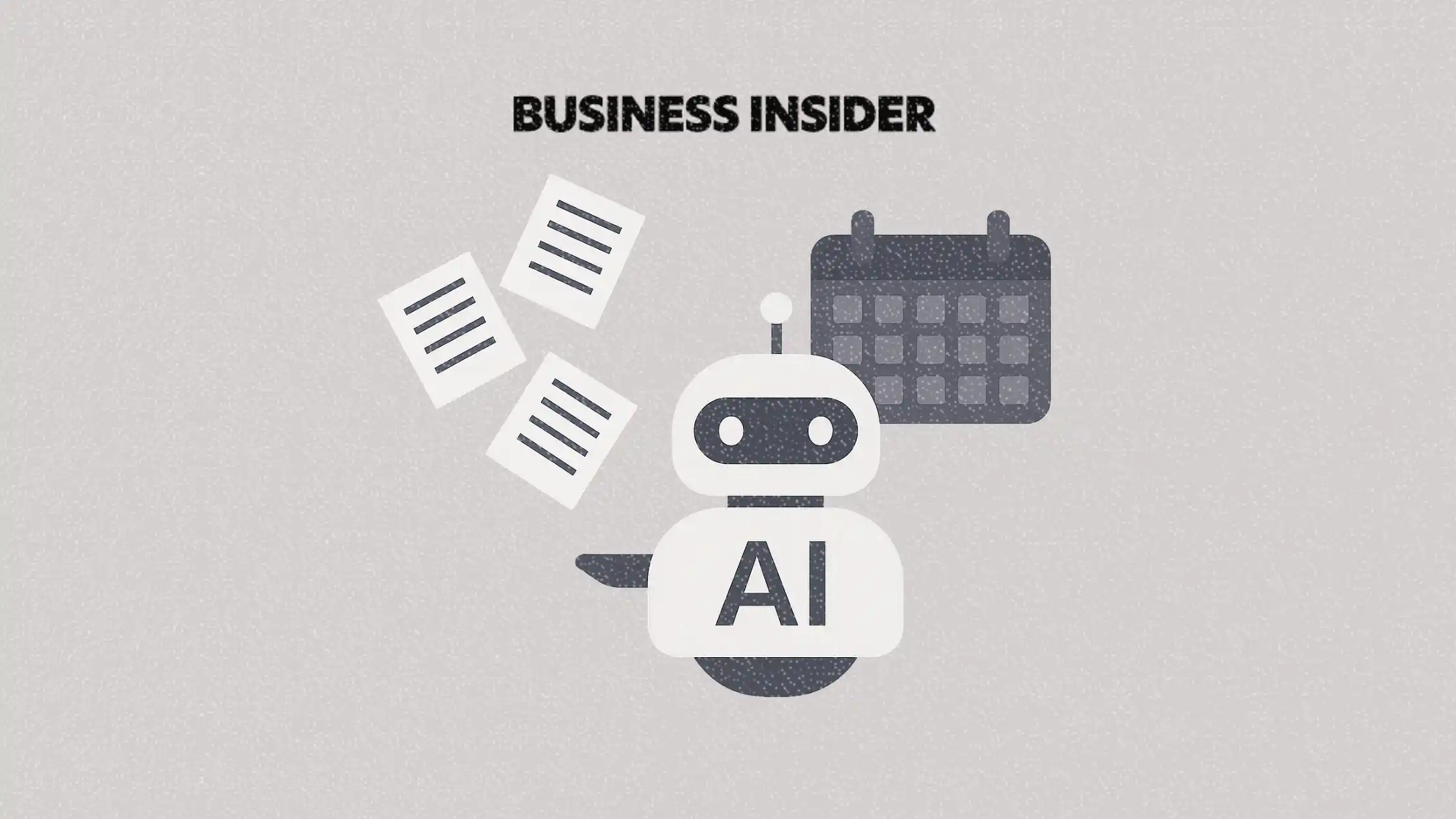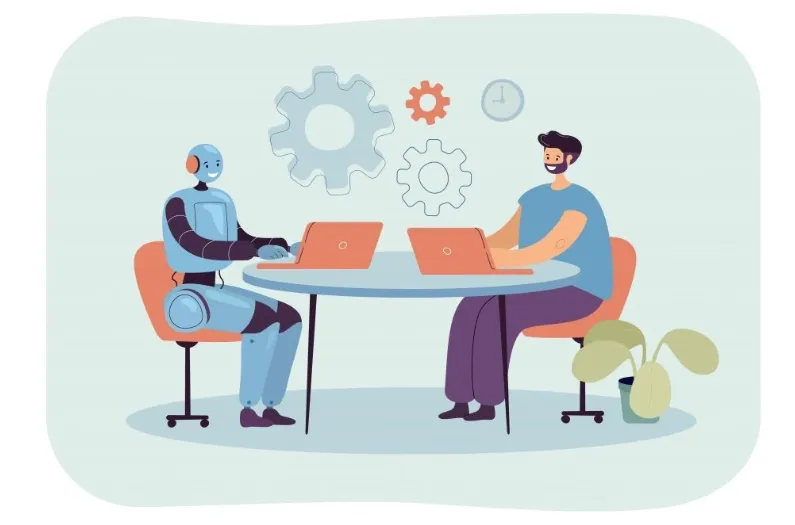Business Insider cuts 21% of staff, bets on AI and live events
The publisher is exiting low-performing categories, sunsetting most commerce plays, and restructuring around AI efficiency.

Business Insider, the digital media brand owned by Axel Springer, has laid off 21% of its workforce as it repositions for a future shaped by artificial intelligence, declining traffic, and a renewed focus on live journalism. The cuts—affecting every department—mark one of the largest restructurings in the company’s history.
This article explores Business Insider’s latest strategy shift, the implications for content marketers and publishers, and what lessons brand-side teams can take from the overhaul.
Short on time?
Here is a table of content for quick access:
- What happened: from traffic crunch to editorial transformation
- Survival lessons from a traffic-reliant media brand
- What marketers should know

What happened: from traffic crunch to editorial transformation
In an internal memo obtained by Adweek, CEO Barbara Peng explained that Business Insider’s traffic-driven model was no longer sustainable. About 70% of the company’s business depends on traffic—a vulnerability in an environment where platforms like Google and Facebook no longer guarantee stable distribution.
To weather the storm, Business Insider is:
- Eliminating underperforming verticals that once performed well on external platforms but no longer drive meaningful engagement.
- Shutting down most of its commerce business, due to its heavy reliance on search-driven traffic.
- Launching BI Live, a new live journalism and events business designed to deepen audience engagement and open new revenue streams.
On the editorial side, Peng noted the company is doubling the amount of original reporting and hiring for beats aligned with loyal subscriber behavior. Jamie Heller, who became Editor-in-Chief in late 2024, has helped lead the charge toward more “authoritative” journalism.
Survival lessons from a traffic-reliant media brand
Business Insider’s restructuring reads like a case study in adapting to platform decline and operational recalibration. Its core challenges—traffic dependency, monetization volatility, and rising AI usage—mirror those faced by modern marketers and media buyers.
For context:
- Social and search platforms have become less reliable as distribution engines.
- Commerce content, once a strong revenue driver, is struggling to convert due to algorithm shifts.
- AI has fundamentally changed how content is produced, consumed, and monetized.
As Peng puts it, the company is acting “boldly” because it lacks the luxury of time. That’s a sentiment many B2B content teams may find familiar.
What marketers should know
Here’s what the Business Insider shakeup signals for marketers operating in today’s content economy:
1. Don’t bet the farm on traffic-driven content
BI’s move away from commerce content is a warning: if your marketing content depends heavily on Google Search or social virality, now’s the time to diversify. Relying on third-party platforms is a recipe for diminishing returns.
2. AI is not just a tool—it’s changing org structures
Business Insider isn’t just using AI for productivity—it’s reorganizing headcount around it. With 70% of staff already using enterprise-grade ChatGPT, the memo reveals that AI adoption is enabling leaner operations.
3. Live events are back on the table
BI Live signals a broader trend: live journalism and events are back as premium formats. Audiences still crave real-time connection—and publishers want less algorithm exposure.
4. Smart editors are trimming fat, not just adding fluff
Peng’s memo frames the editorial overhaul as a return to “authoritative” reporting. In a noisy content landscape, depth and credibility are winning out over breadth.
Business Insider’s transformation is a sobering reminder that scale alone doesn’t guarantee resilience in today’s media climate.
As marketers and publishers alike adapt to platform decline, traffic unpredictability, and AI disruption, the winning playbook is one built on focus, efficiency, and direct audience value.
For content teams, the question is clear: if a major media brand is cutting 21% of its team and rewriting its business model—what are you doing to stay future-proof?




